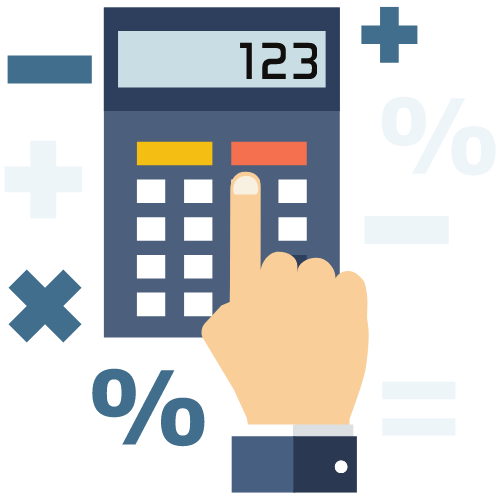How to Link Your TAN Card with Your Bank Account
Learn how to easily link your TAN card with your bank account with our step-by-step guide. Ensure smooth transactions and secure your financial information today!
How to Link Your TAN Card with Your Bank Account
Linking your Tax Deduction and Collection Account Number (TAN) with your bank account is an essential step for businesses and individuals who need to comply with tax regulations. Here is a simple guide to help you link your TAN card with your bank account:
Step 1: Obtain Form 49B
The first step in linking your TAN card with your bank account is to obtain Form 49B from the Income Tax Department website or from designated TIN-FCs (Tax Information Network-Facilitation Centers). This form is used to apply for a new TAN or make changes to an existing TAN.
Step 2: Fill out the Form
Fill out the Form 49B with accurate information about your TAN, personal details, and bank account details. Make sure to double-check the information before submitting the form to avoid any errors or delays in the linking process.
Step 3: Submit the Form
After filling out the form, submit it along with the required documents to the nearest TIN-FC or the designated office of the Income Tax Department. The documents required may vary depending on whether you are applying for a new TAN or linking an existing TAN with your bank account.
Step 4: Verification of Information
Once you have submitted the form and documents, the Income Tax Department will verify the information provided. They may contact you for any additional information or documents if necessary. It is important to respond promptly to any requests to avoid delays in the linking process.
Step 5: Confirmation of Linking
Once the verification process is complete, you will receive a confirmation of linking your TAN card with your bank account. This confirmation may be sent to you via email or through the post. Make sure to keep this confirmation for your records.
Step 6: Update Bank Records
After receiving the confirmation of linking your TAN card with your bank account, it is important to update your bank records with the TAN details. This will ensure that your tax-related transactions are processed smoothly without any hassles.
Step 7: Regularly Monitor Your Account
Once your TAN card is linked with your bank account, it is important to regularly monitor your account for any tax deductions or collections related to your business or income. This will help you stay on top of your tax obligations and avoid any penalties for non-compliance.
Conclusion
Linking your TAN card with your bank account is a crucial step for tax compliance. By following the simple steps outlined in this guide, you can easily link your TAN card with your bank account and ensure smooth processing of your tax-related transactions. Remember to stay updated on any changes in tax regulations to avoid any last-minute hassles.
Latest Updates
How to Register for GST in Multiple States
26 Dec 2025How to Register a Franchise Business
24 Dec 2025ca4filings.com Services
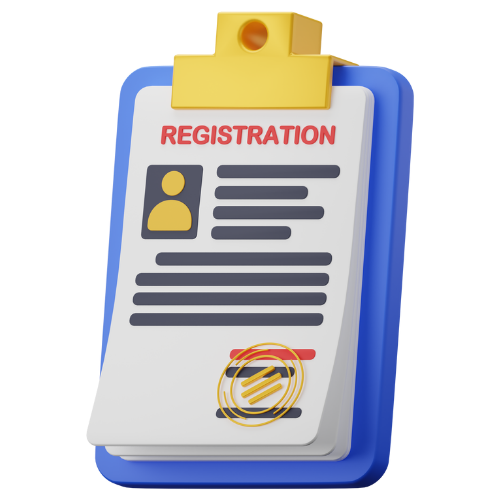







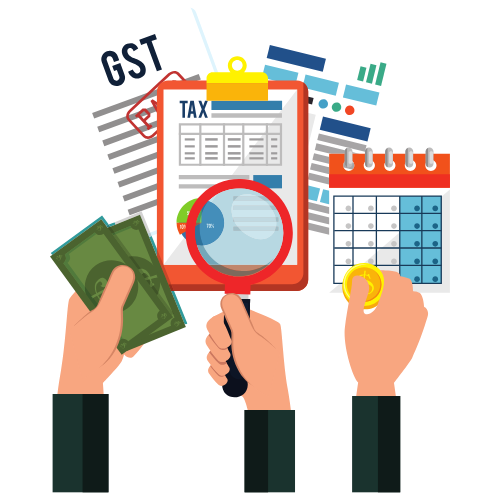


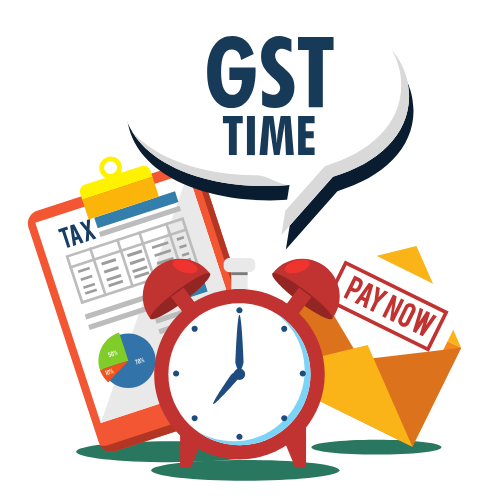



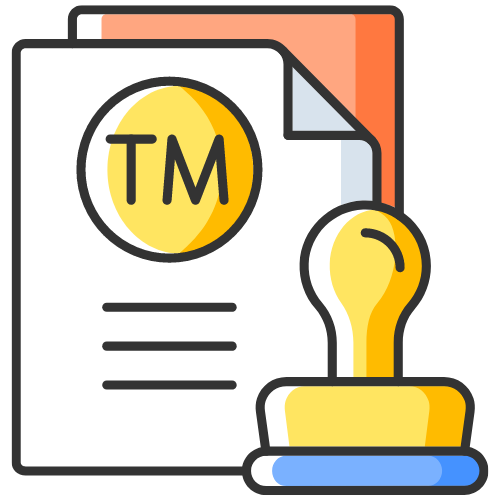








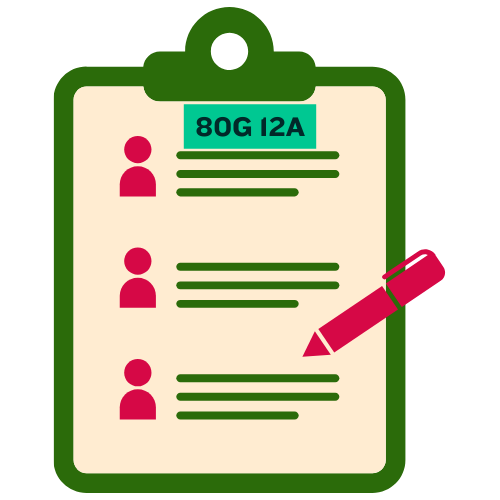

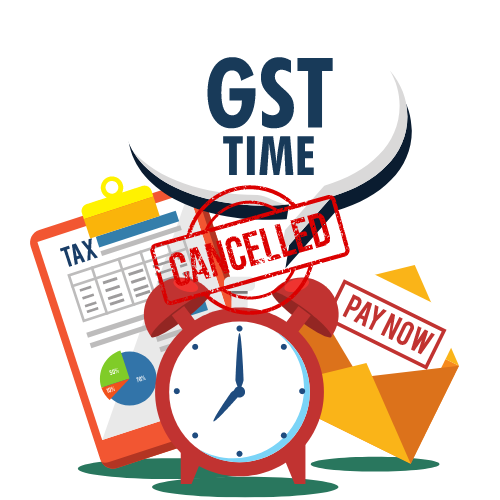

-registration.png)
